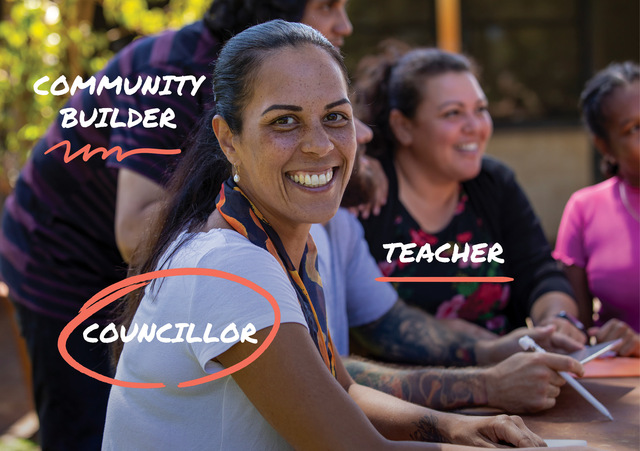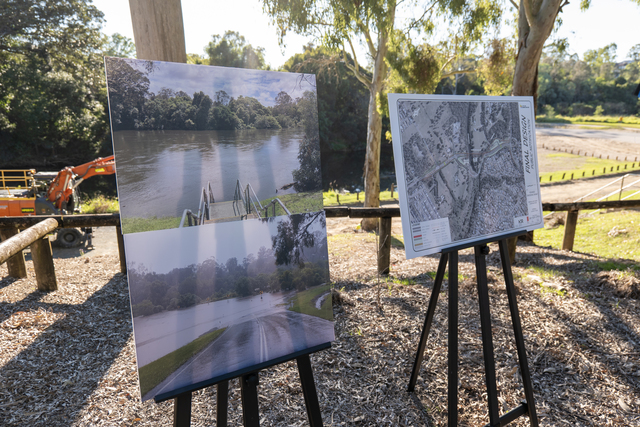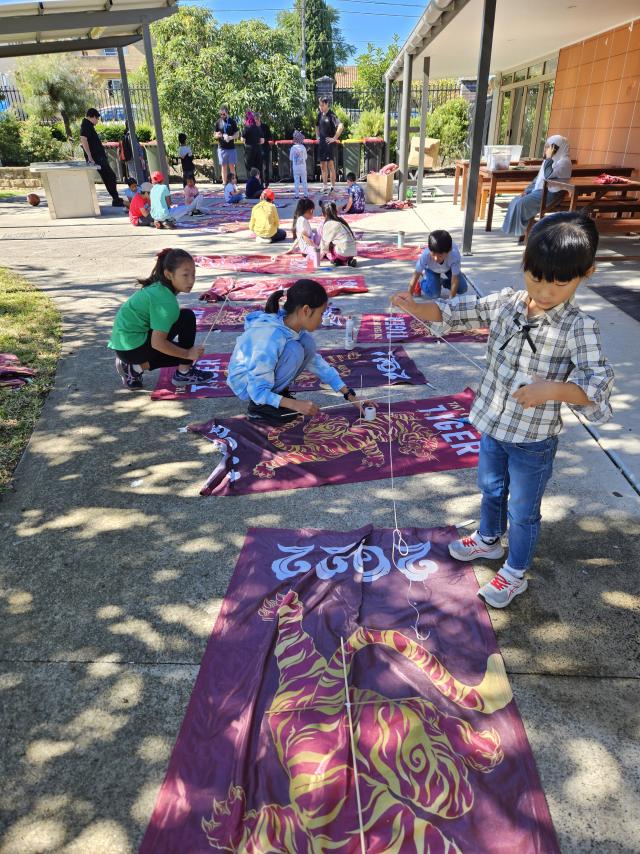Our coasts are the world’s worst kept secret. They read like a luxury holiday brochure: Sydney’s Bondi Beach, Queensland’s Great Barrier Reef, Victoria’s spectacular Great Ocean Road escarpment and Western Australia’s Ningaloo Reef. So it’s hardly surprising that one quarter of Australia’s population lives within three kilometres of the coast. We live on the world’s only island continent with more than 25,000 kilometres of coastline!
Our coasts are rugged but also vulnerable. We need to protect them from overdevelopment and degradation. With more and more people migrating towards a seachange our beaches and headlands support much of the nation’s social, tourism and recreational activity. The job of protecting our coasts is massive. All spheres of government from both sides of the political fence have joined scientists, conservation groups, farmers and community groups.
Various programs thorugh the Natural Heritage Trust are providing much needed funding for a range of conservation initiatives.
More than 60,000 volunteers in more than 2,000 Coastcare groups around the country are involved in coastal projects such as sand dune restoration and weeding, building boardwalks and access paths, and educating visitors and locals. Coastcare volunteers have built more than 200 kilometres of fencing and 80 kilometres of paths to protect sensitive dune and headland vegetation, cleared 2000 hectares of weeds and planted more than 600,000 native plants.
The conservation swell is building. In Sydney, the Friends of Malabar Headland have fenced and revegetated the Maroubra Beach Dunes, while some enthusiastic coast lovers have made coastal protection their hobby such as the Reef Watch program in Victoria where snorkellers and divers keep watch over their local marine environment. Last summer about 200 scuba divers across the State surveyed 25 reef fish species at 19 sites along the coast.
The Reef Guardians School program in Queensland is encouraging students, teachers, parents and friends to become involved in protecting the Great Barrier Reef, and in the Gulf of Carpentaria, Northern Territory, Indigenous communities are getting rid of discarded fishing nets and marine debris to prevent marine turtles from being trapped.
For further information on natural resource management is available at www.nrm.gov.au







